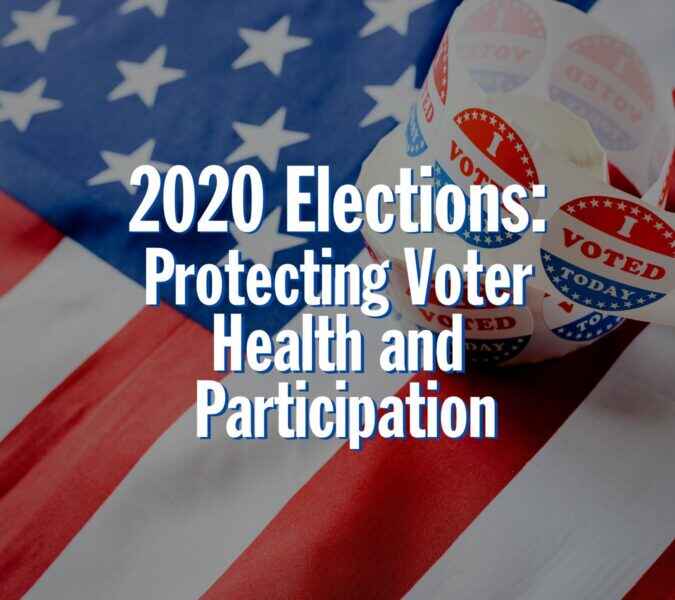
State Mandates Regarding COVID-19 Vaccination
Law & Policy InsightsCOVID-19Many are optimistic that a COVID-19 vaccine will allow us to return to “life as we know it,” with worry-free in-person gatherings like large sporting events and in-person university classes. While a vaccine is likely not the cure-all to the coronavirus pandemic and all it has brought with it, development of a safe and widely available vaccine will certainly signal a light at the end of the tunnel.











